As Covid cases surge in India, multiple reports of a deadly fungal infection known as mucormycosis are being reported in recovering Covid patients.
Now, it has been declared as an epidemic in many states like Odisha, Rajasthan, Telangana and Gujarat.
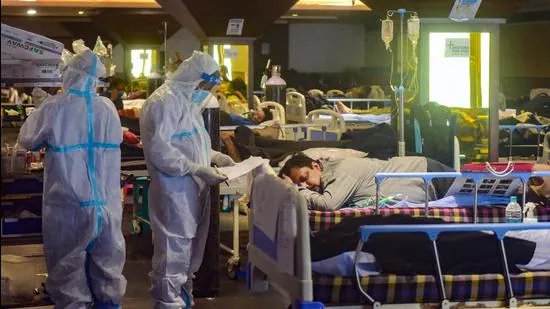
In an interview with News18, Dr Manish Munjal, a senior ENT surgeon at Sri Ganga Ram Hospital said:
We are seeing a rise again in this dangerous fungal infection triggered by Covid-19. In the last two days, we have admitted six cases of mucormycosis. Last year, this deadly infection caused a high mortality with many patients suffering from loss of eye sight, removal of nose and jaw bone.
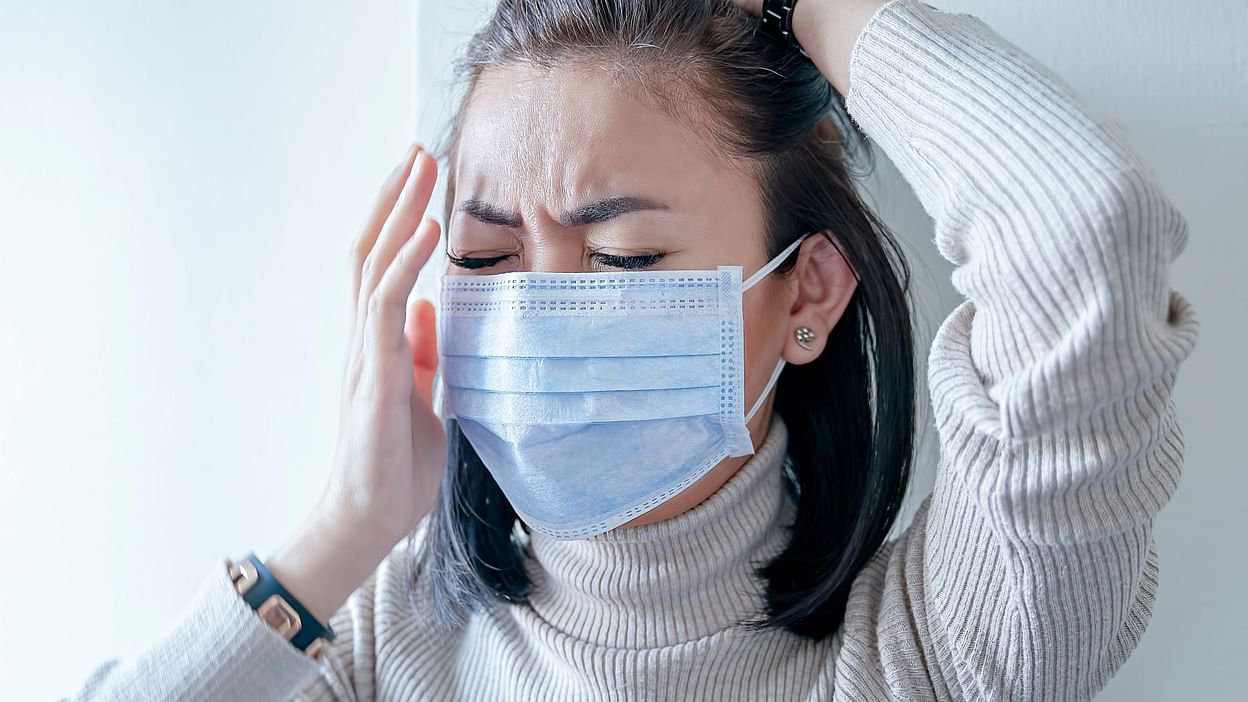
Before we go any further, let’s try and understand what mucormycosis is?
These molds are naturally present in the environment but, it starts affecting us humans when the body’s immunity system is weak and vulnerable.
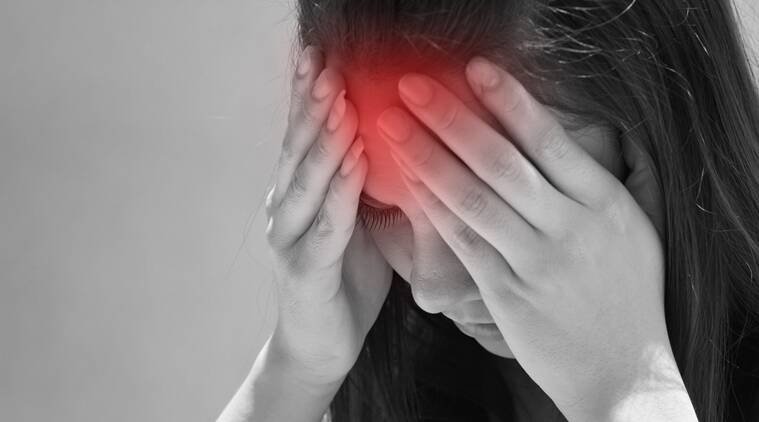
This fungal infection affects the lungs and the sinuses following inhalation of fungal spores from the air. The fungus can also enter the body through an open wound or cut.
Covid patients with diabetes and other comorbidities are most prone to this fungal infection.
These fungi aren’t harmful to most people. However, for people who have weakened immune systems, breathing in mucormycete spores can cause an infection in the lungs or sinuses which can spread to other parts of the body.
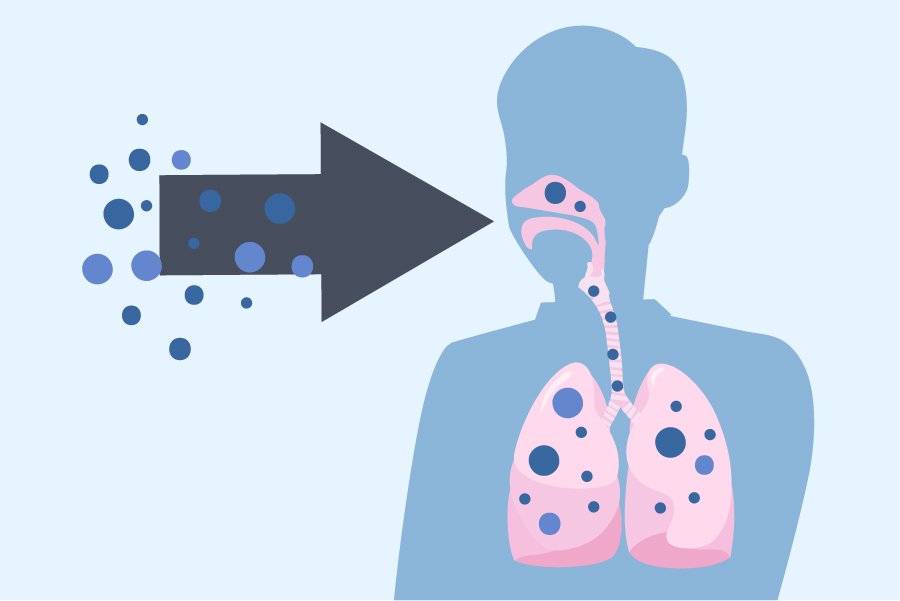
In an interview with The Quint, Dr Aparna Mahajan, Consultant, ENT, Fortis Hospital, Faridabad said:
It is most commonly found in the nose, the sinuses, the eyes and the brain. Once it spreads to the brain, it can be very difficult to treat.
So, what are some symptoms to look out for?
One should conduct a biopsy in the OPD and start the antifungal therapy as early as possible.
Other symptoms include blurred or double vision, chest pain, breathing difficulties and coughing of blood.
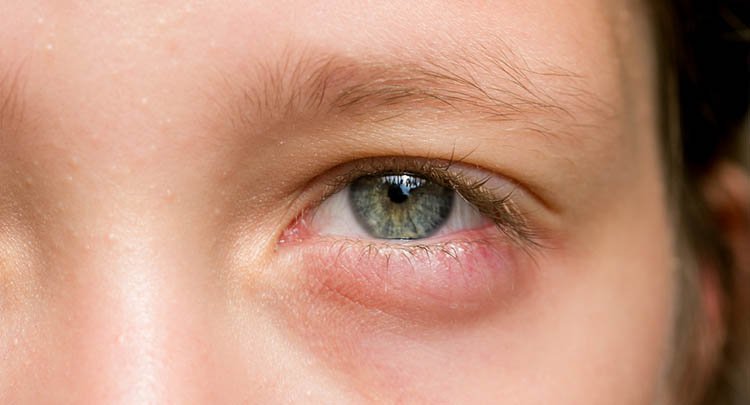
How can it be treated?
The only way to deal with it is early detection and appropriate antifungal treatment.
Can this infection be prevented? If yes, how?
Yes. this infection can be prevented if proper precautions are taken.
– One should use a mask at all times, especially when working in construction sites.
– Wear shoes, long trousers, long sleeve shirts and gloves while handling soil (gardening), moss or manure
– Proper personal hygiene should be maintained.
Have a look at this tweet to know about the do’s and don’ts.
#Mucormycosis, commonly known as ‘#BlackFungus‘ has been observed in a number of #COVID19 patients recently.
— Dr Harsh Vardhan (@drharshvardhan) May 14, 2021
Awareness & early diagnosis can help curb the spread of the fungal infection. Here’s how to detect & manage it #IndiaFightsCorona @MoHFW_INDIA pic.twitter.com/lC6iSNOxGF

















